Identify Asset Management in Cybersecurity: An Introduction to Protecting Your Property
Identify Asset Management in Cybersecurity: An Introduction to Protecting Your Property Consider this: You are in charge of a modest but expanding IT business. One day, you find a laptop that you were unaware existed and is linked to your network. As it happens, an intern was downloading unauthorised software with it. One week later? Breach of data. In an instant, your company's reputation suffers, and your client information is made public. What went wrong? You were unable to safeguard your digital environment since you failed to recognise asset management in cybersecurity. This tutorial can help with that. This article explains how to identify assets, why they are important, and how to protect them, regardless of your background—security analyst, IT manager, small business owner, or cybersecurity student. The Importance of Cybersecurity Asset Management The cornerstone of your security plan is cybersecurity asset management. It is the process of identifying, monitoring, and controlling all of the hardware, software, cloud services, virtual computers, and mobile devices that are a part of your network. You must be aware of it if it affects data. What you cannot see, you cannot protect." This well-known security proverb encapsulates the purpose of asset management. In the absence of asset visibility, you are exposed to: Unauthorized apps and devices, or shadow IT Vulnerabilities in unpatched software Cloud configuration errors that result in data breaches Continued access by former workers Management of Assets Frameworks for Cybersecurity You Should Understand Frameworks aid in standardising the way businesses safeguard their data. These are the major participants in cybersecurity asset management: The "Identify" function of the NIST Cybersecurity Framework begins with the creation of an asset inventory. Aids in defining and setting priorities for cybersecurity initiatives within a business. ISO/IEC 27001 Focuses on management methods for information security. Demands secure management, asset ownership, and classification. CIS Controls v8 Control 1: Enterprise Asset Inventory and Control Control 2: Software Asset Inventory and Management DOD-mandated cybersecurity maturity model certification, or CMMC. Requires contractors to have comprehensive visibility into all network assets. These frameworks are not only beneficial; they are frequently required for compliance, particularly in the government, healthcare, and financial industries. Find an Example of Asset Management Cybersecurity in a Practical Setting Assume you manage a marketing firm that makes use of cloud-based resources like Canva and Google Workspace. Additionally, you permit remote workers to use their laptops. An example of a common cybersecurity identity asset management arrangement is as follows: Hardware Inventory: Enumerate personal devices, routers, and laptops that are provided by the firm and that are connected to your network. Software Inventory: Keep tabs on Slack, Photoshop, and project management tool licenses. Cloud Assets: Keep track of all cloud accounts, such as AWS buckets, Dropbox, and Google Drive. Assign Owners: A responsible individual should be assigned to each instrument or piece of equipment. Cloud storage has a high risk rating, but conference room printers have a low one. Building your asset baseline is aided by this snapshot. Cybersecurity Tools for Asset Management That Simplify Your Life Spreadsheets created by hand are insufficient. Fortunately, specific solutions have been developed to automate asset tracking and discovery. You should be aware of the following top cybersecurity asset management tools: Axonius: Provides real-time asset visibility and connects to hundreds of tools. Tanium: Perfect for enterprise-scale endpoint visibility and control. Lansweeper: Easy to set up on small or medium networks and reasonably priced. Qualys Asset Inventory: Connects to scanning and vulnerability management. Every platform has features for risk assessment, dynamic updates, and automated discovery. One specific platform that aids enterprises is the Cyber Security Assessment and Management (CSAM) application. List every asset. Examine their security posture. Monitor adherence Create audit reports. CSAM products designed for highly regulated businesses include Qualys CSAM and SecureNinja's CSAM. They provide risk rating, dashboards, and enterprise tool connectivity. Pro tip: Select a CSAM tool that complies with industry standards and your compliance needs (HIPAA, PCI, etc.). What Is Unique About Cybersecurity Asset Management Qualys? Because of its extensive integration with vulnerability management, Qualys is unique. The following explains why many businesses select Qualys' Cybersecurity Asset Management: Ongoing identification of assets, both known and unknown. Context-rich data: network information, installed software, and operating system. Integrated tools for patching a
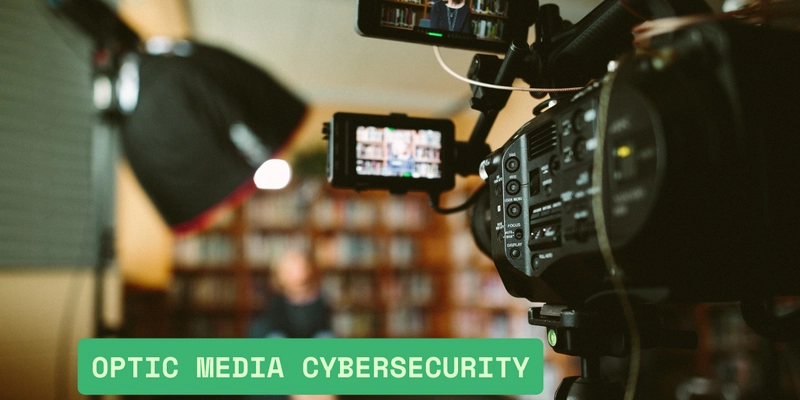
Identify Asset Management in Cybersecurity: An Introduction to Protecting Your Property
Consider this: You are in charge of a modest but expanding IT business. One day, you find a laptop that you were unaware existed and is linked to your network. As it happens, an intern was downloading unauthorised software with it. One week later? Breach of data. In an instant, your company's reputation suffers, and your client information is made public.
What went wrong?
You were unable to safeguard your digital environment since you failed to recognise asset management in cybersecurity.
This tutorial can help with that. This article explains how to identify assets, why they are important, and how to protect them, regardless of your background—security analyst, IT manager, small business owner, or cybersecurity student.
The Importance of Cybersecurity Asset Management
The cornerstone of your security plan is cybersecurity asset management. It is the process of identifying, monitoring, and controlling all of the hardware, software, cloud services, virtual computers, and mobile devices that are a part of your network.
You must be aware of it if it affects data.
What you cannot see, you cannot protect." This well-known security proverb encapsulates the purpose of asset management.
In the absence of asset visibility, you are exposed to:
Unauthorized apps and devices, or shadow IT
Vulnerabilities in unpatched software
Cloud configuration errors that result in data breaches
Continued access by former workers
Management of Assets Frameworks for Cybersecurity You Should Understand
Frameworks aid in standardising the way businesses safeguard their data. These are the major participants in cybersecurity asset management:
The "Identify" function of the NIST Cybersecurity Framework begins with the creation of an asset inventory.
Aids in defining and setting priorities for cybersecurity initiatives within a business.
ISO/IEC 27001
Focuses on management methods for information security.
Demands secure management, asset ownership, and classification.
CIS Controls v8 Control 1: Enterprise Asset Inventory and Control
Control 2: Software Asset Inventory and Management
DOD-mandated cybersecurity maturity model certification, or CMMC.
Requires contractors to have comprehensive visibility into all network assets.
These frameworks are not only beneficial; they are frequently required for compliance, particularly in the government, healthcare, and financial industries.
Find an Example of Asset Management Cybersecurity in a Practical Setting
Assume you manage a marketing firm that makes use of cloud-based resources like Canva and Google Workspace. Additionally, you permit remote workers to use their laptops.
An example of a common cybersecurity identity asset management arrangement is as follows:
Hardware Inventory: Enumerate personal devices, routers, and laptops that are provided by the firm and that are connected to your network.
Software Inventory: Keep tabs on Slack, Photoshop, and project management tool licenses.
Cloud Assets: Keep track of all cloud accounts, such as AWS buckets, Dropbox, and Google Drive.
Assign Owners: A responsible individual should be assigned to each instrument or piece of equipment.
Cloud storage has a high risk rating, but conference room printers have a low one.
Building your asset baseline is aided by this snapshot.
Cybersecurity Tools for Asset Management That Simplify Your Life
Spreadsheets created by hand are insufficient. Fortunately, specific solutions have been developed to automate asset tracking and discovery.
You should be aware of the following top cybersecurity asset management tools:
Axonius: Provides real-time asset visibility and connects to hundreds of tools.
Tanium: Perfect for enterprise-scale endpoint visibility and control.
Lansweeper: Easy to set up on small or medium networks and reasonably priced. Qualys Asset Inventory: Connects to scanning and vulnerability management.
Every platform has features for risk assessment, dynamic updates, and automated discovery.
One specific platform that aids enterprises is the Cyber Security Assessment and Management (CSAM) application.
List every asset.
Examine their security posture.
Monitor adherence
Create audit reports.
CSAM products designed for highly regulated businesses include Qualys CSAM and SecureNinja's CSAM. They provide risk rating, dashboards, and enterprise tool connectivity.
Pro tip: Select a CSAM tool that complies with industry standards and your compliance needs (HIPAA, PCI, etc.).
What Is Unique About Cybersecurity Asset Management Qualys?
Because of its extensive integration with vulnerability management, Qualys is unique.
The following explains why many businesses select Qualys' Cybersecurity Asset Management:
Ongoing identification of assets, both known and unknown.
Context-rich data: network information, installed software, and operating system.
Integrated tools for patching and threat prioritization.
Cloud-ready and deployable without any touch.
The CSAM module is an additional benefit for companies that are currently utilizing Qualys Vulnerability Management.
CSAM Asset Management: Connecting Defense and Discovery
What exactly is CSAM Asset Management, then?
It combines ongoing governance, risk assessment, and asset identification. It's a process rather than only a tool, and it consists of:
Asset scanning (automated)
Sorting according to function and sensitivity
Determining the risk levels
Connecting to feeds of threat intelligence
Lifecycle tracking (from purchase to retirement)
Consider it the digital ledger of your company, making sure nothing is overlooked.
FAQ: Determine Cybersecurity Asset Management ? What is an example of cybersecurity for asset management?
For instance, an IT manager in a medical clinic would use a program such as Axonius to look for all of the laptops, printers, and EHR systems that are linked to their network. After that, they assign owners, rate risks, log the assets, and update the software regularly. This procedure aids in preventing data breaches and illegal access.
What is a cybersecurity framework for identifying asset management?
It refers to an organized collection of guidelines and procedures that businesses use to recognize and manage their cyber assets, such as the NIST Cybersecurity Framework. Comprehensive recommendations for asset detection, classification, risk management, and compliance are included in these frameworks.
Cybersecurity Asset Management: What is it?
The process of identifying, monitoring, and safeguarding each system, application, and device in your digital environment is known as cybersecurity asset management. It is essential for finding vulnerabilities, guaranteeing compliance, and handling incidents. It is the initial step in any security strategy. Which cybersecurity asset management tools are the best?
Among the best tools are
For centralized visibility, use Axonius.
Tanium: For extensive management.
Qualys: For managing vulnerabilities and assets.
Lansweeper: An affordable choice for small enterprises.
These technologies frequently include dashboards and compliance modules, automate asset detection, and update inventories in real-time.
How does a cybersecurity framework for asset management operate?
It offers a guide to digital asset management. It begins with the identification, classification, and risk assessment of hardware and software, followed by ongoing change monitoring. Regulatory compliance and best practices are guaranteed by frameworks such as NIST or ISO 27001.
What is an assessment and management tool for cybersecurity (CSAM)?
A software program that recognizes, evaluates, and tracks your IT assets and their security posture is called a CSAM tool. Asset detection, vulnerability scanning, compliance monitoring, and automated reporting functionalities are usually included.
Cybersecurity Asset Management Qualys: What is it?
It is a Qualys platform plugin that automates risk analysis and asset discovery. To aid in prioritizing pa


























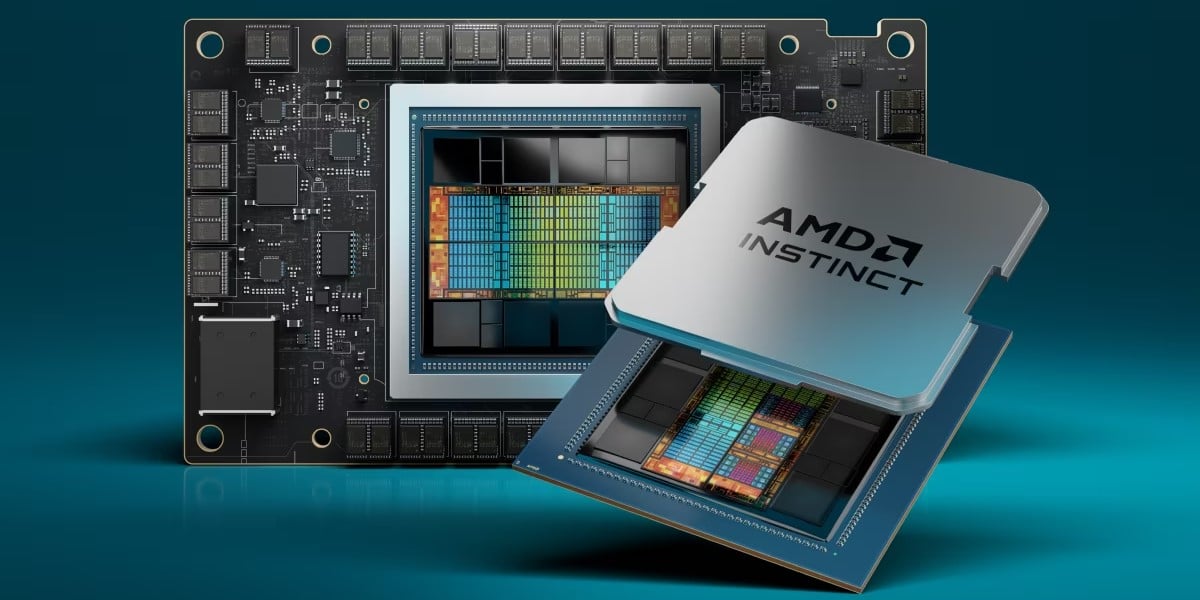
















































































































































![[The AI Show Episode 144]: ChatGPT’s New Memory, Shopify CEO’s Leaked “AI First” Memo, Google Cloud Next Releases, o3 and o4-mini Coming Soon & Llama 4’s Rocky Launch](https://www.marketingaiinstitute.com/hubfs/ep%20144%20cover.png)










































































































































































































![GrandChase tier list of the best characters available [April 2025]](https://media.pocketgamer.com/artwork/na-33057-1637756796/grandchase-ios-android-3rd-anniversary.jpg?#)









































.png?width=1920&height=1920&fit=bounds&quality=70&format=jpg&auto=webp#)


























.webp?#)






































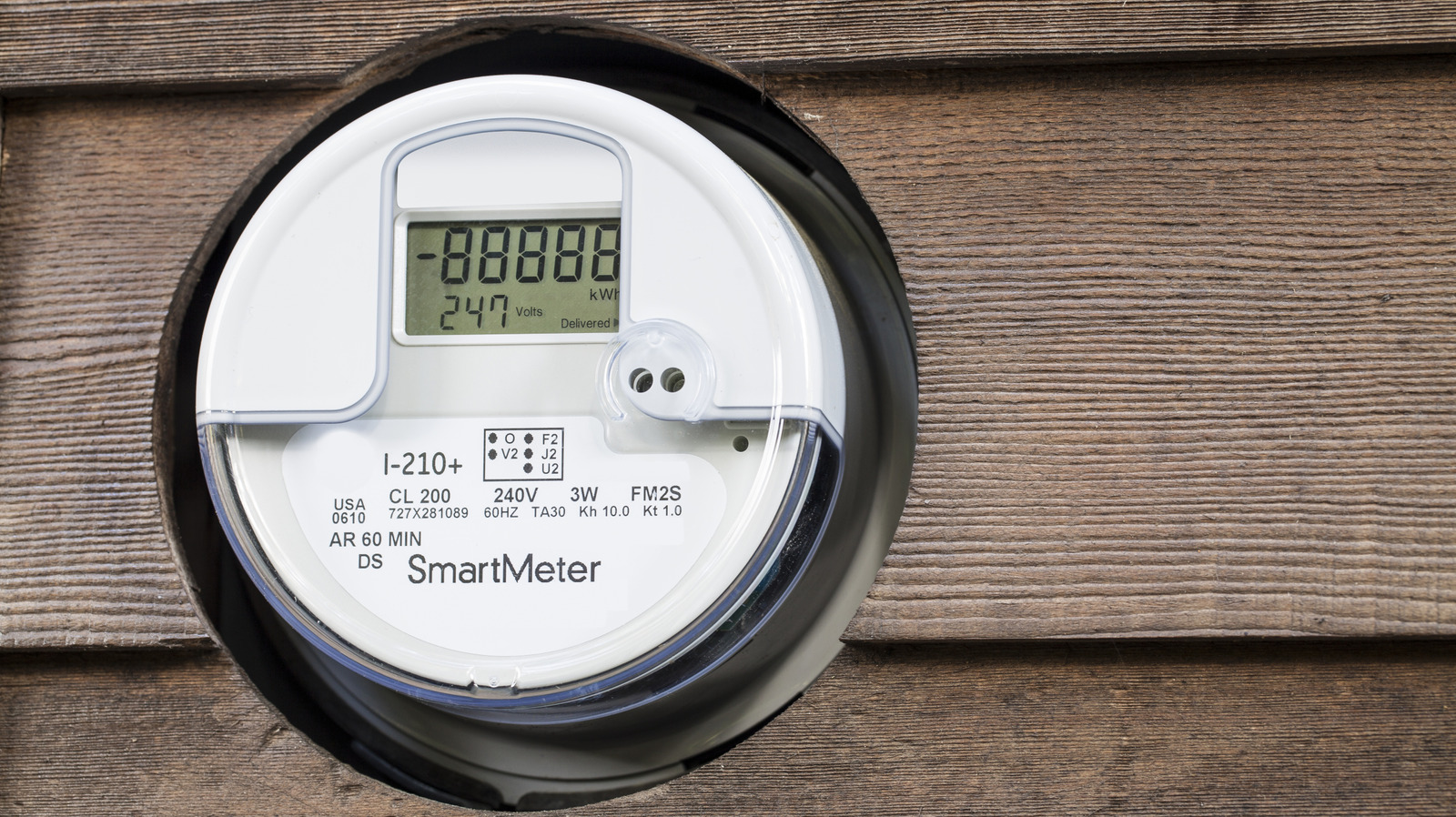




































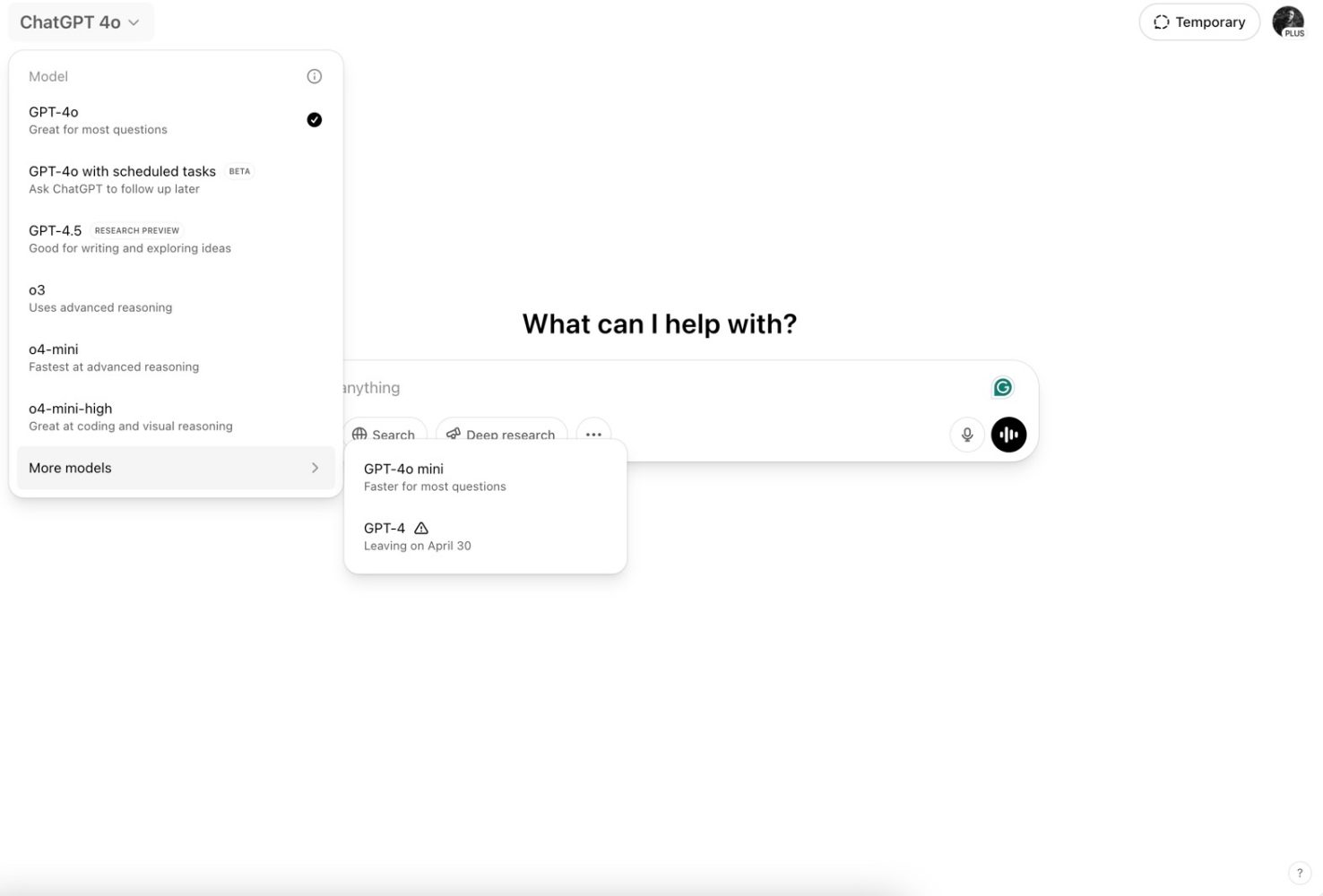







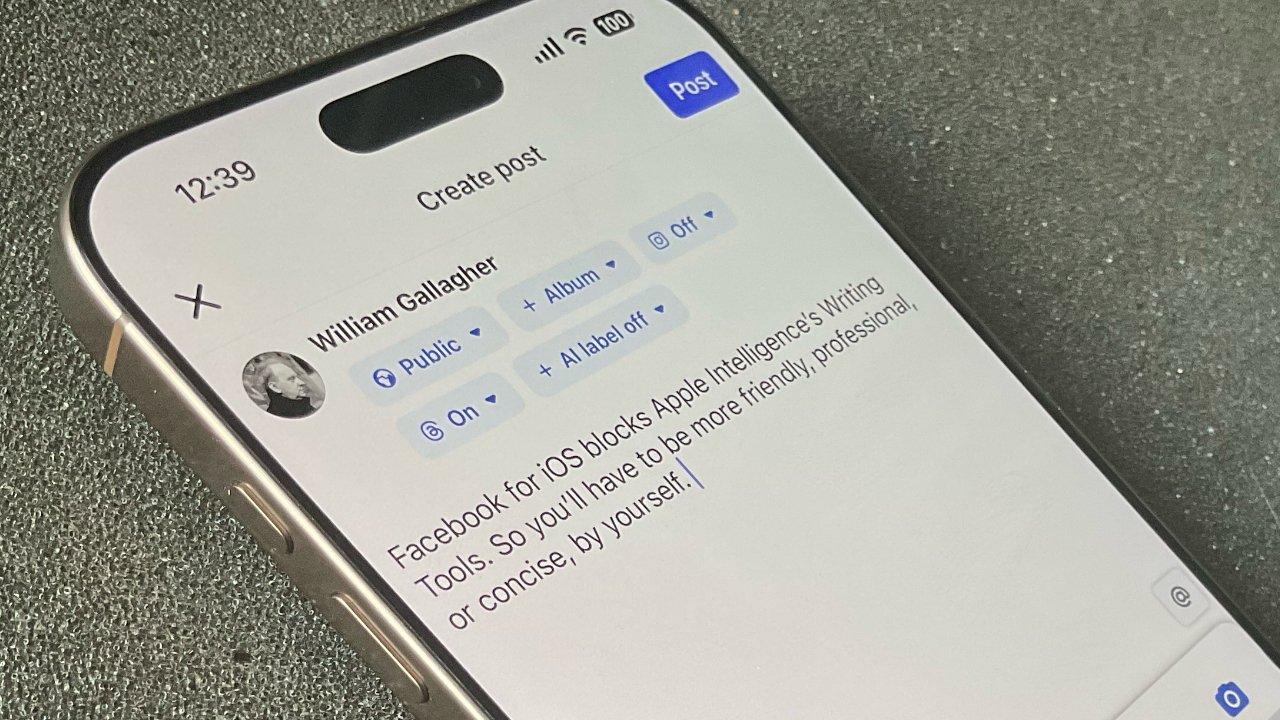






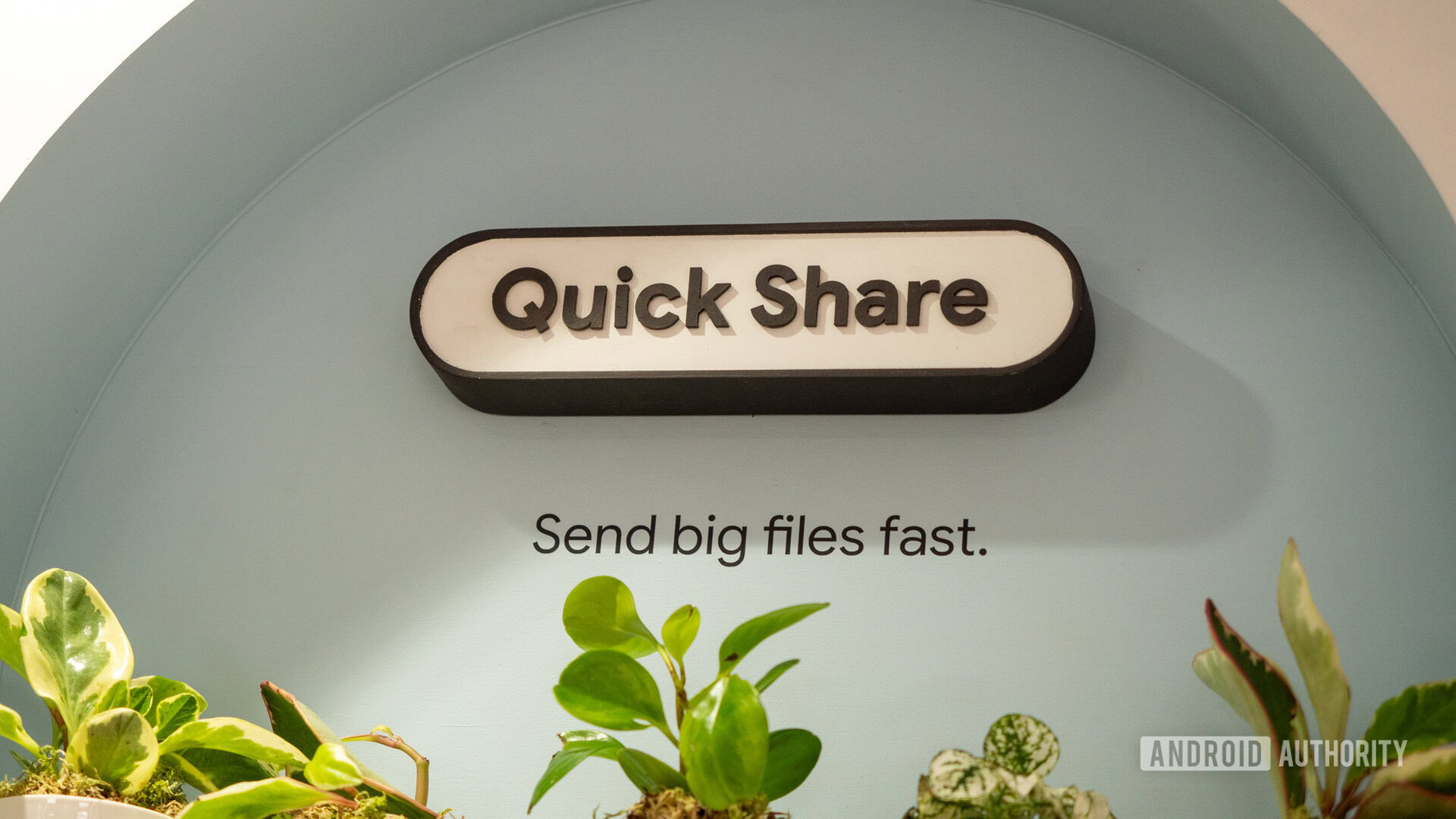






![Quick Share redesign looks more like a normal app with prep for ‘Receive’ and ‘Send’ tabs [Gallery]](https://i0.wp.com/9to5google.com/wp-content/uploads/sites/4/2024/12/quick-share-1.jpg?resize=1200%2C628&quality=82&strip=all&ssl=1)








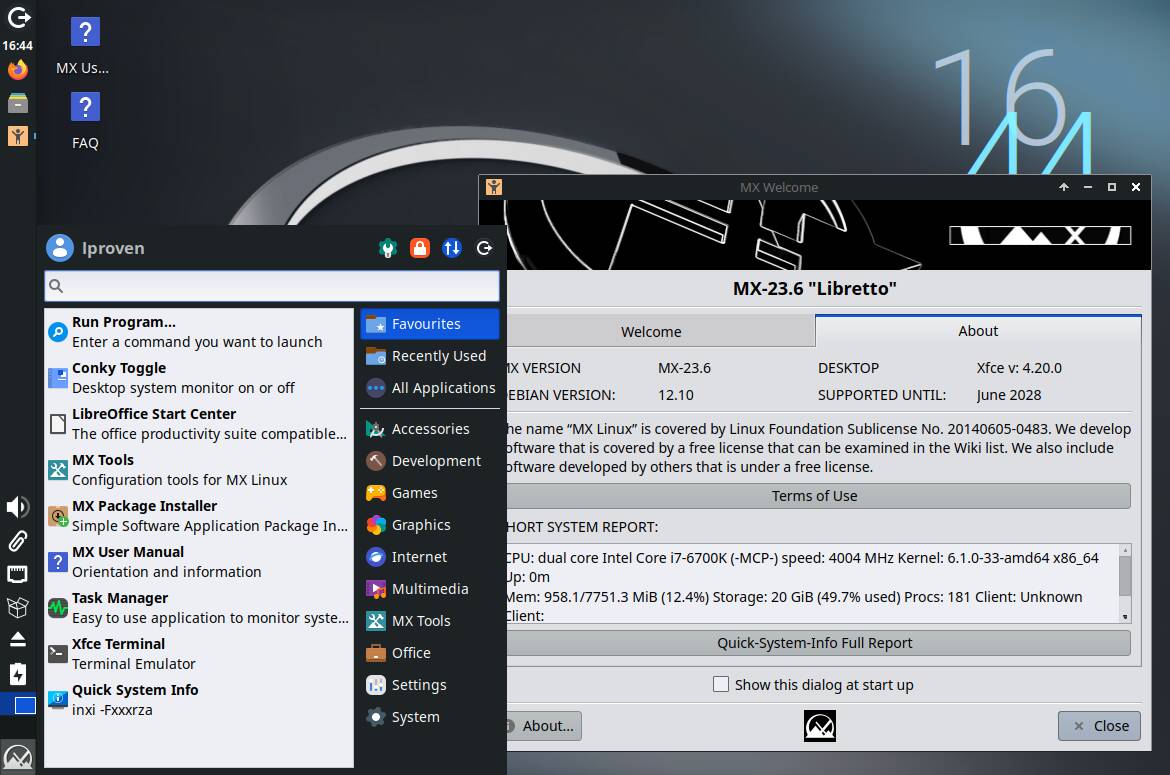



![New Beats USB-C Charging Cables Now Available on Amazon [Video]](https://www.iclarified.com/images/news/97060/97060/97060-640.jpg)

![Apple M4 13-inch iPad Pro On Sale for $200 Off [Deal]](https://www.iclarified.com/images/news/97056/97056/97056-640.jpg)
![Apple Shares New 'Mac Does That' Ads for MacBook Pro [Video]](https://www.iclarified.com/images/news/97055/97055/97055-640.jpg)
















































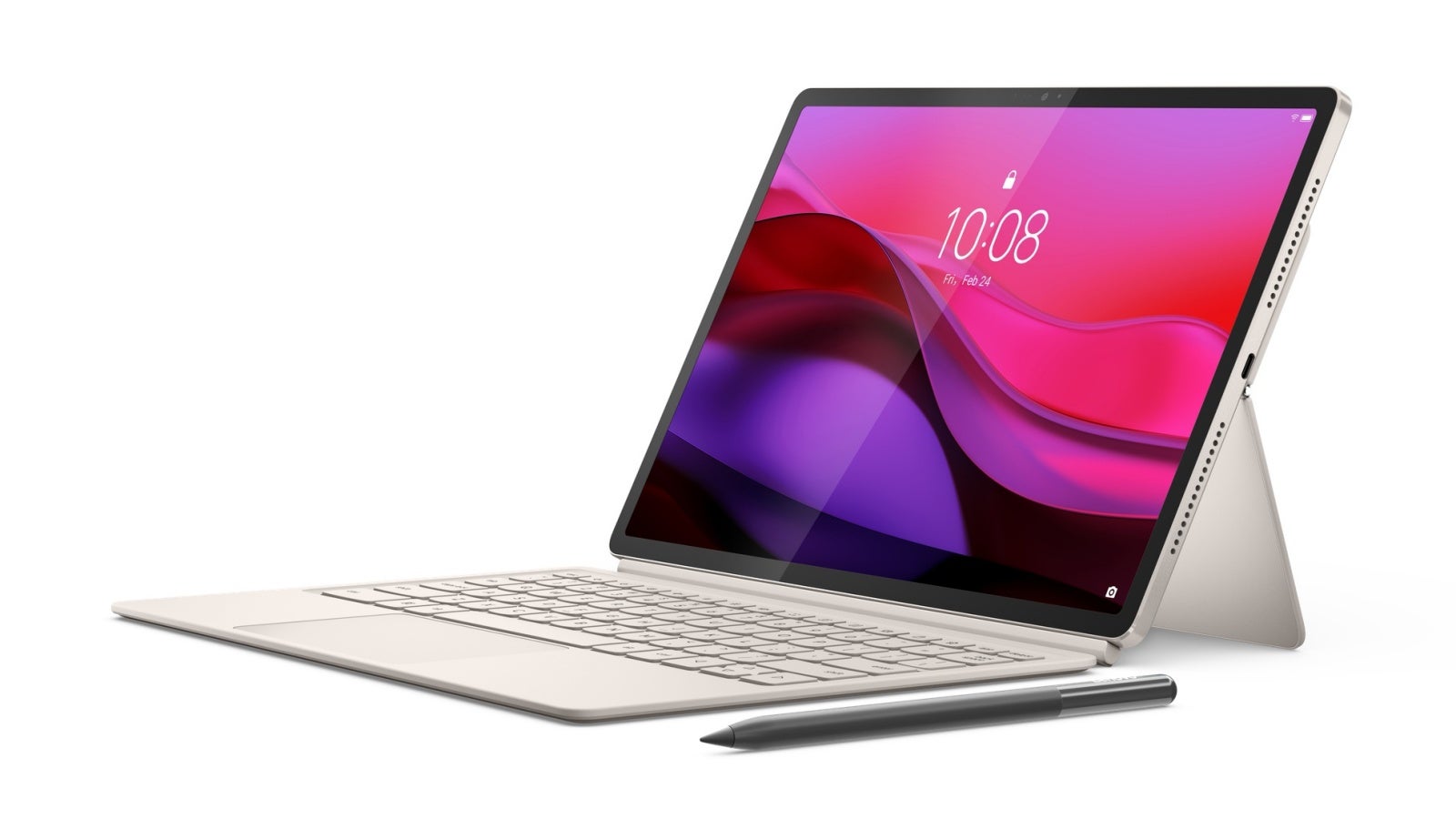




























































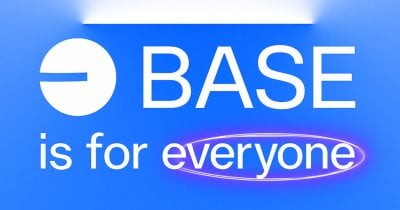











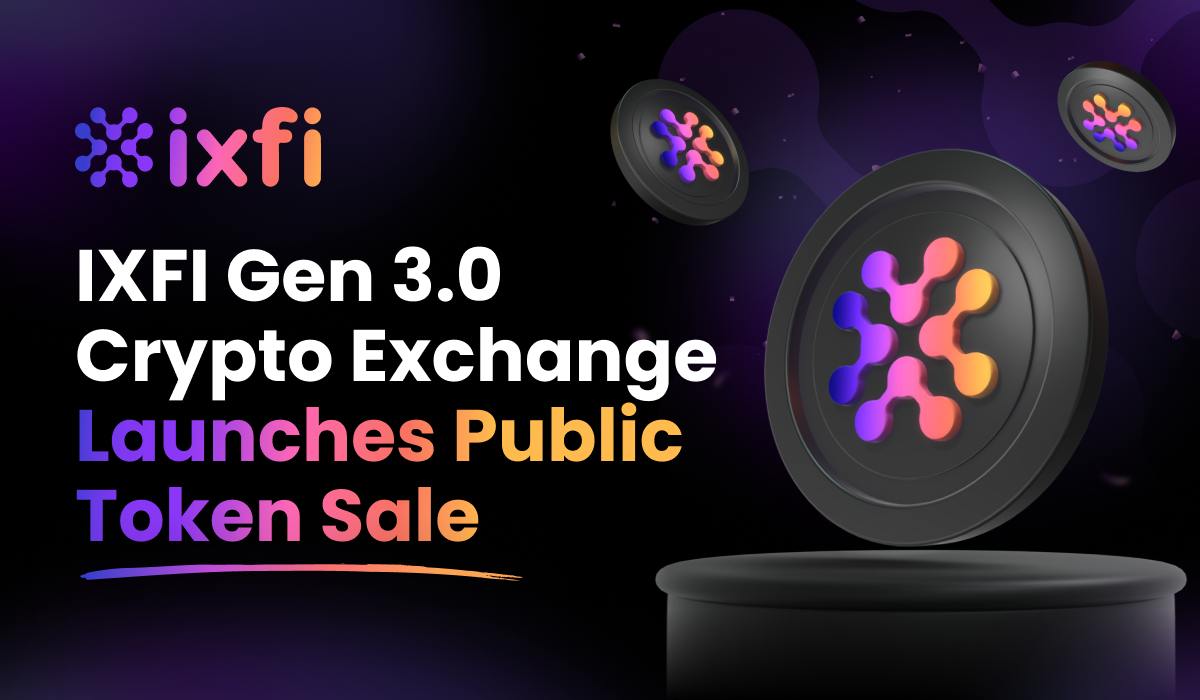







 motictech.com
motictech.com



